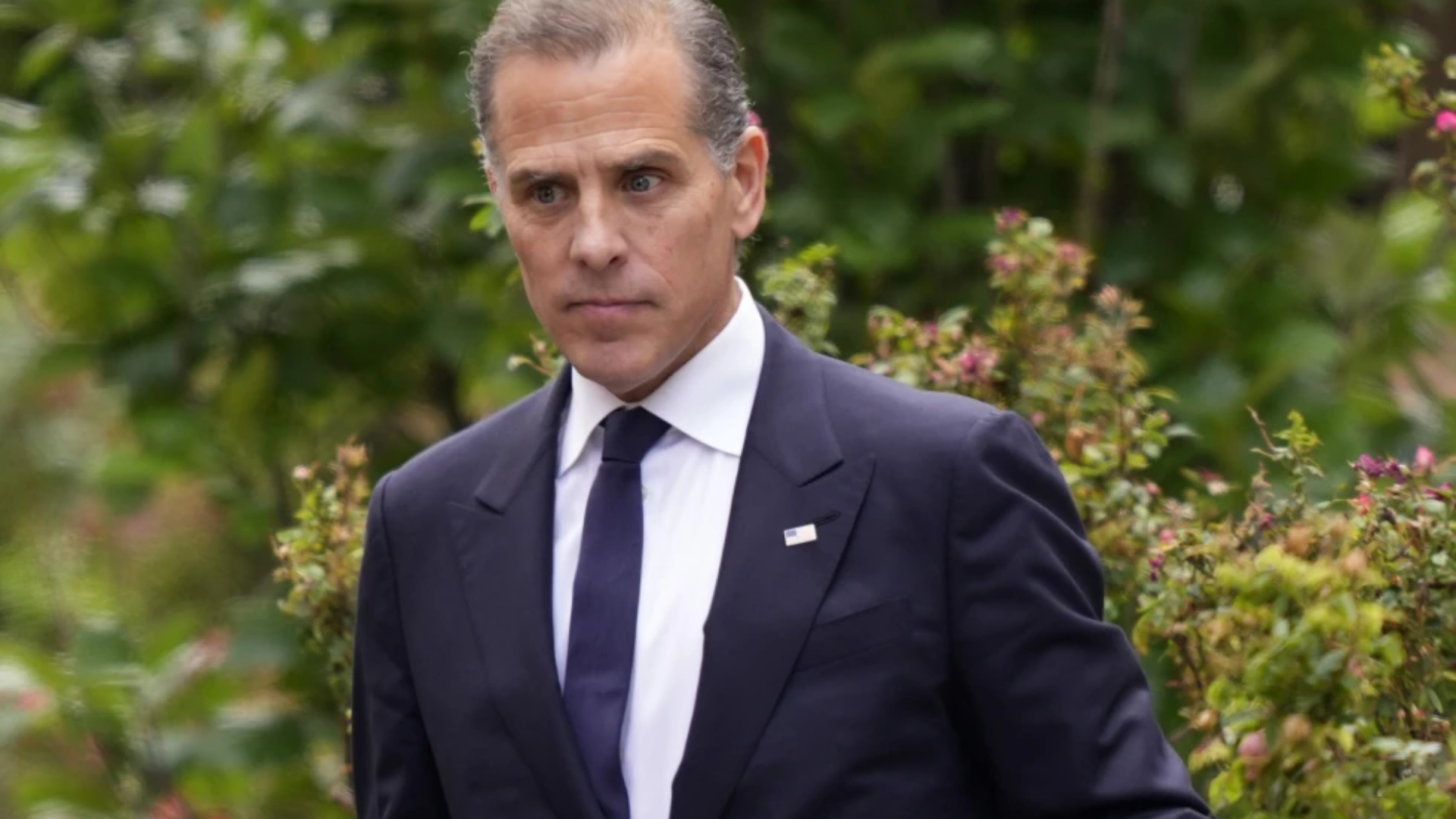(CNN) — Tropical storm-force winds and outer rain bands from Hurricane Irma began lashing Florida’s southern tip Saturday morning as dire warnings predicted pounding gales, heavy rain and potentially deadly storm surge from the Category 4 storm.
Irma’s sustained winds weakened Saturday to 130 mph as the storm skittered along Cuba’s northern coast toward the United States. Hurricane conditions were expected in the Florida Keys and across southern and central Florida beginning Saturday night.
Irma’s eye was due to strike part of the Florida Keys early Sunday morning before driving up the state’s southwestern coast by Sunday afternoon and into the night, according to the National Hurricane Center.
“(The core) is forecast right now to still go through the lower keys, not quite to Key West, and then on up to Naples, on up to Cape Coral, with a Category 4 wind of 140 mph,” CNN meteorologist Chad Myers said.
Even as Irma looked to aim for Florida’s western coast, the state’s eastern side remained in severe danger from storm-surge flooding, forecasters warned.
Florida authorities have gone door to door to warn residents about the dangerous storm, sending throngs onto jammed highways as they fled north. More than 5.6 million people have been ordered to evacuate, Gov. Rick Scott said, and many coastal residents already have moved inland.
“If you have been ordered to evacuate, leave now — not tonight, not in an hour, now,” Scott said Friday night.
“This is as real as it gets,” tweeted the National Weather Service. “Nowhere in the Florida Keys will be safe … you still have time to evacuate.”
Irma hit Cuba’s Ciego de Avila province on the Camaguey Archipelago late Friday as a Category 5 hurricane, its violent gusts destroying the instrument used to measure wind strength, Cuba’s meteorological agency reported. Waves as high as 23 feet were recorded, and bigger ones remained a possibility as Irma plodded west, officials said.
Even before hitting Cuba, Irma had proven catastrophic, killing 24 people this week in the Caribbean and leaving entire islands in ruins.
Here are the latest developments:
— Irma’s center was 225 miles southeast of Miami at 8 a.m. ET Saturday.
— Hurricane and the storm surge warnings were extended north along Florida’s west coast to Anna Maria Island. Warnings also extended far north up the state’s eastern coast, including Sebastian Inlet. A storm surge warning wraps around the state, from Brevard County to Tampa Bay.
— International airports in Tampa and Jacksonville planned to cease commercial operations Saturday at 8 p.m. and 7 p.m. ET, respectively.
— As many as 26 million people could be exposed to destructive winds and torrential rain just in the Dominican Republic, Haiti and Cuba, the Red Cross said, with 1.2 million people already battered by the storm.
— In the Bahamas, hurricane warnings remained in place early Saturday. Storm surge as high as 20 feet — well above the islands’ elevation — were possible, Myers said. About 390,000 live in the nation of islands.
— Hurricane warnings also were still in effect Saturday for parts of central Cuba.
— At its peak, Irma sustained maximum wind speeds of at least 185 mph for 37 hours, longer than any storm on record.
— Of the 24 deaths blamed on Irma, nine were in unspecified French territories, one on Barbuda, one in the British overseas territory of Anguilla, two in Dutch-administered St. Maarten, four in the British Virgin Islands, four on the US Virgin Islands, and three in Puerto Rico.
— Irma brought heavy rain and powerful winds to the low-lying Turks and Caicos Islands. The capital island of Grand Turk suffered “quite a bit of damage,” including to part of a hospital’s roof, Gov. John Freeman told CNN.
Nervous Florida waits
US and European forecast models predicted Irma’s eye could strike the Florida Keys, then the Everglades, west of Miami, on Saturday night into Sunday morning.
“It’s not a question of whether Florida is going to be impacted — it’s a question of how bad Florida is going to be impacted,” Federal Emergency Management Agency Administrator Brock Long said.
‘Ahead of the game’: Florida seniors, nursing homes prep for Hurricane Irma
Though the core has the most power, Irma is huge. Winds of at least tropical-storm force covered 70,000 square miles — just larger than the land area of Florida.
Officials in other states also were preparing Saturday for Irma. South Carolina Gov. Henry McMaster issued a mandatory evacuation for some barrier islands, while Georgia Gov. Nathan Deal expanded the state of emergency to include 94 counties. FEMA warned Alabama and North Carolina to also be on watch.
Hurricane Jose looms
As Caribbean islands pummeled by Irma assessed damage — including shredded buildings, battered cars and submerged streets — the hard-hit islands of Barbuda and St. Martin wearily prepared for Hurricane Jose, which could hit impact those places this weekend.
Barbuda, one of two major islands in the nation of Antigua and Barbuda, was barely habitable for its 1,800 residents after Irma, with about 95% of its buildings damaged, Prime Minister Gaston Browne said, noting that repairs will cost $100 million.
Hurricane season hasn’t peaked yet. Here’s what to expect
Anguilla, Barbuda, St. Martin and St. Barts were under a hurricane warning for Hurricane Jose, which could pass close to those islands Saturday. Voluntary evacuations were in place in Barbuda, Browne said.
Are you affected by Irma? Text, iMessage or WhatsApp your videos, photos and stories to CNN: +1 347-322-0415.
The-CNN-Wire
™ & © 2017 Cable News Network, Inc., a Time Warner Company. All rights reserved.






















